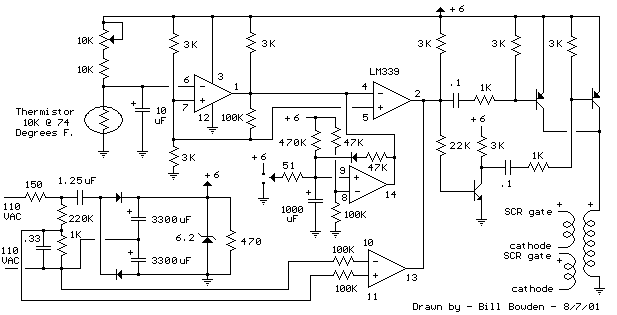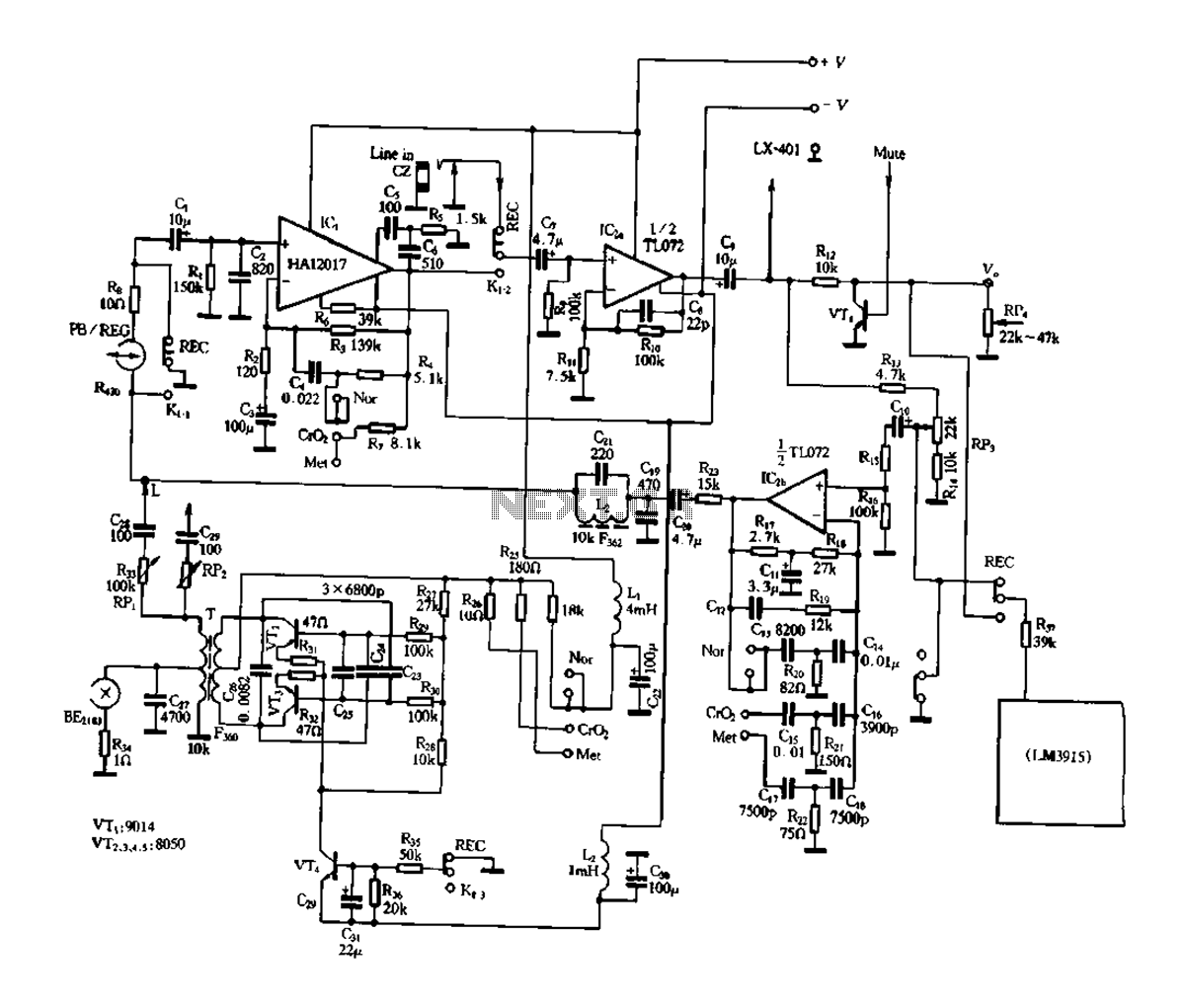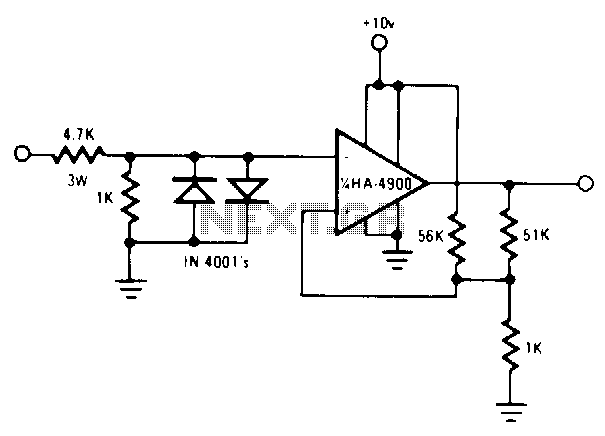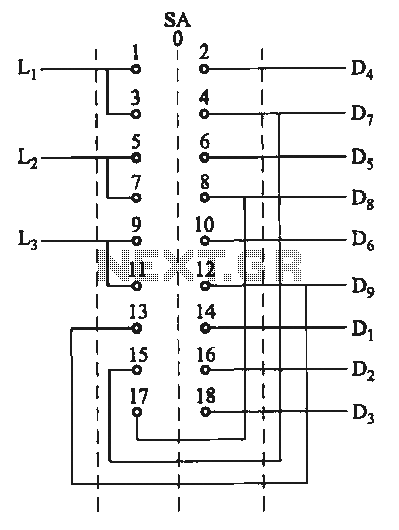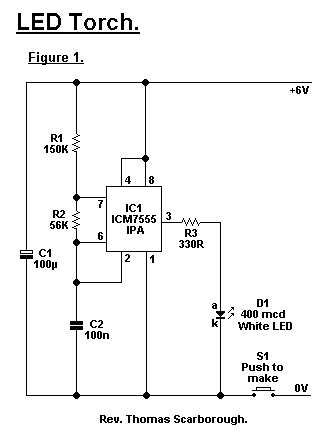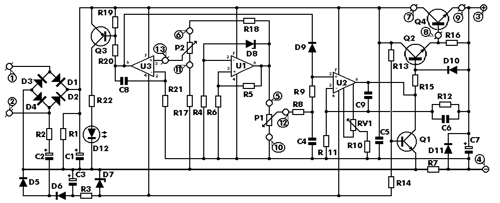
Tr circuit
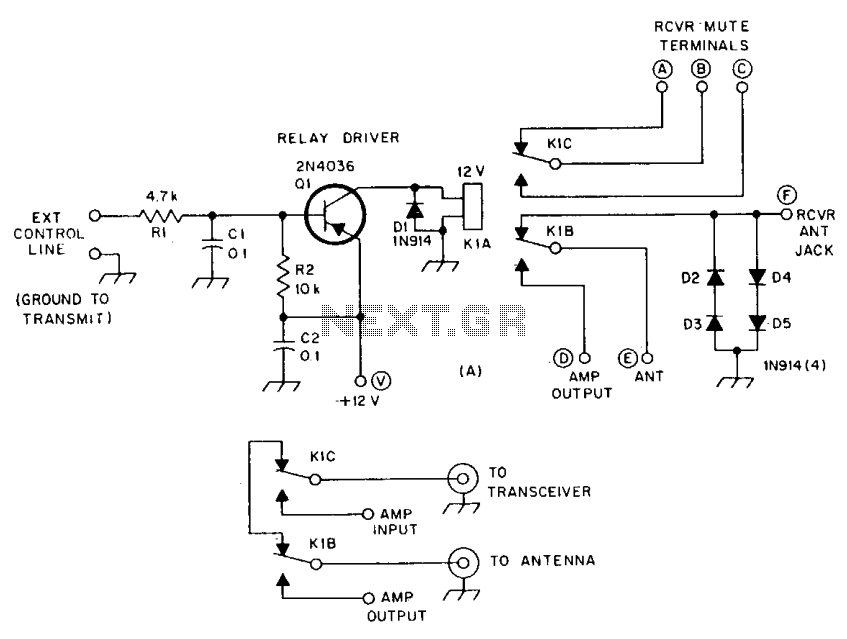
R1 and R2 are carbon composition resistors labeled as Va or Vi. K1 is a 12 V DPDT DIP relay. Illustration A demonstrates the connection of the relay contacts for use with a separate transmitter-receiver combination. The circuit is designed for amplifier use with a transceiver. Additionally, C1 and C2 are disc ceramic capacitors.
The circuit utilizes R1 and R2, which serve as load resistors, critical for setting the appropriate voltage levels in the circuit. These resistors ensure that the relay operates within its specified parameters, allowing for reliable switching. The 12 V DPDT (Double Pole Double Throw) relay, K1, provides the necessary control over the signal path, enabling seamless transitions between different operational modes of the transceiver.
Illustration A outlines the relay contact configuration essential for integrating the circuit with an external transmitter-receiver setup. This configuration is vital for applications requiring precise control over signal routing, enhancing communication efficiency. The relay contacts can be wired to switch between different signal paths, ensuring that the amplifier can operate effectively with the transceiver.
C1 and C2, being disc ceramic capacitors, are employed for decoupling and filtering purposes. Their role is to stabilize the voltage supply to the relay and prevent high-frequency noise from affecting the performance of the amplifier and transceiver. The choice of ceramic capacitors offers low equivalent series resistance (ESR) and high-frequency response, making them suitable for this application.
Overall, this circuit design integrates resistors, a relay, and capacitors to create a robust amplifier system capable of interfacing with a transceiver, ensuring reliable performance in communication applications.R1 and R2 are Va or Vi W carbon composition resistors. K1 is a 12 V DPDT DIP relay. Illustration A shows how to connect the relay contacts for use with a separate transmitter-receiver combination. The circuit at is for amplifier use with a transceiver. Cl and C2 are disc ceramic.
The circuit utilizes R1 and R2, which serve as load resistors, critical for setting the appropriate voltage levels in the circuit. These resistors ensure that the relay operates within its specified parameters, allowing for reliable switching. The 12 V DPDT (Double Pole Double Throw) relay, K1, provides the necessary control over the signal path, enabling seamless transitions between different operational modes of the transceiver.
Illustration A outlines the relay contact configuration essential for integrating the circuit with an external transmitter-receiver setup. This configuration is vital for applications requiring precise control over signal routing, enhancing communication efficiency. The relay contacts can be wired to switch between different signal paths, ensuring that the amplifier can operate effectively with the transceiver.
C1 and C2, being disc ceramic capacitors, are employed for decoupling and filtering purposes. Their role is to stabilize the voltage supply to the relay and prevent high-frequency noise from affecting the performance of the amplifier and transceiver. The choice of ceramic capacitors offers low equivalent series resistance (ESR) and high-frequency response, making them suitable for this application.
Overall, this circuit design integrates resistors, a relay, and capacitors to create a robust amplifier system capable of interfacing with a transceiver, ensuring reliable performance in communication applications.R1 and R2 are Va or Vi W carbon composition resistors. K1 is a 12 V DPDT DIP relay. Illustration A shows how to connect the relay contacts for use with a separate transmitter-receiver combination. The circuit at is for amplifier use with a transceiver. Cl and C2 are disc ceramic.
